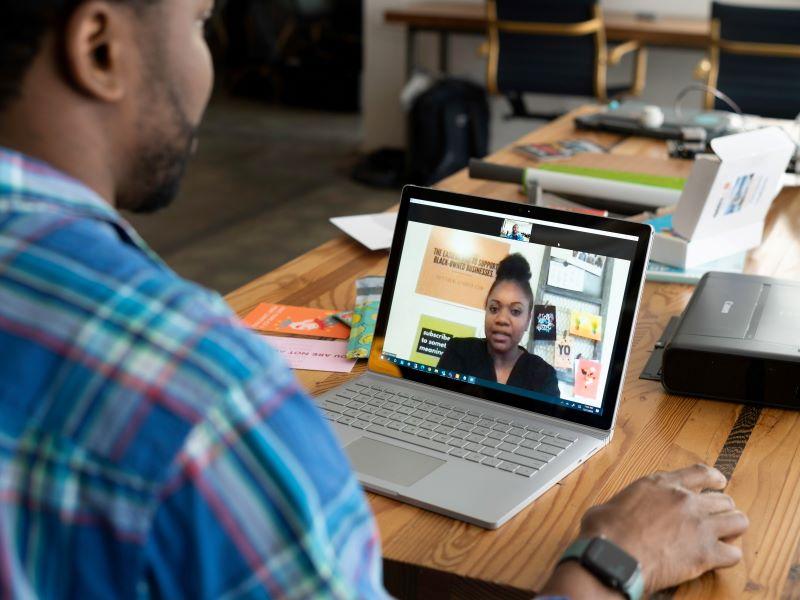I’m Flower Darby and today I’m thinking about how to engage students when you have some students in a physical classroom with you, and other students remotely joining class via Zoom or a similar video conferencing platform.
If you have been teaching in this kind of a remote synchronous format, you know it can be very challenging to engage all students equally.
Well I have some ideas today to help keep all students engaged using the different tools and approaches that we have available to us in this remote synchronous format, some students in the room, some students joining remotely via Zoom or a similar video conferencing platform.
First of all, I would encourage us to set the social norm for students who are attending remotely.
Things like camera use. We know that when students have their cameras off it’s challenging for us to feel like they are really present with us. But recent research has shown that one reason students keep their cameras off is because everybody’s cameras are off.
So a strategy that you can deploy, based on this research, is to set the norm that if possible keep your cameras on. I don’t recommend that we require cameras because of the inequities that this can create, however we certainly can encourage students and say: “In this class, we like to keep our cameras on if at all possible”. So setting that social norm will help students to connect and help you to connect with your remote students as well.
I would also encourage us to prioritise engaging with our remote students and this is what I mean.
The students who are not physically in the room with us can easily become marginalised or even excluded from what’s happening in the classroom, so one way to counteract this tendency is to deliberately prioritise your engagement with your remote students and to be very transparent about why you’re doing that. I’m going to look now to see what my online students are doing, do any of you have any questions? Use the Zoom “raise hand” feature.
Do that kind of narration just to acknowledge that it is a little bit odd to be talking with students in a room and on Zoom at the same time. But when you prioritise engaging with your remote students, it helps them to feel welcome and included and therefore fosters their better engagement.
You can also assign a chat monitor, somebody who is in the classroom with you, one student, whose task is to keep an eye on the chat box and to let you know if you’ve missed a comment or question.
They can act as a voice of the chat so to speak. You can even pre-designate times to check in with your chat monitor and say: has anything come up in the chat box that we should attend to?
You can also use tools that all students should have access to, whether they’re in the classroom or again remote off-site somewhere.
Generally speaking, students do have a smartphone available to them and so structuring class activity using tools like Poll Everywhere or Mentimeter, you can ask polling questions, you can check for understanding, you can engage students in word cloud activities, and this does not necessarily require that all students are in Zoom or that all students are in the classroom. Everybody can engage from wherever they are when you create those kinds of class activities.
And finally, you can also structure individual reflections and tasks. When it is challenging to keep students engaged and have them communicating across modalities and space and distance. Perhaps you want to provide a guided notes document that students can complete individually throughout the class period, provide moments for reflection and questions and then collect that guided notes document at the end of class.
Students can turn it in online via the learning management system, for example, just as a way to foster more individual processing, still active learning and engagement, without needing to manage the barriers and the challenges of communication across a distance in real time.
Just a few ideas to get us thinking about how to engage students when some are in the room and some are in Zoom. Thanks.
This video was produced by Flower Darby, a scholar of equitable and inclusive teaching and learning at Northern Arizona University.




comment